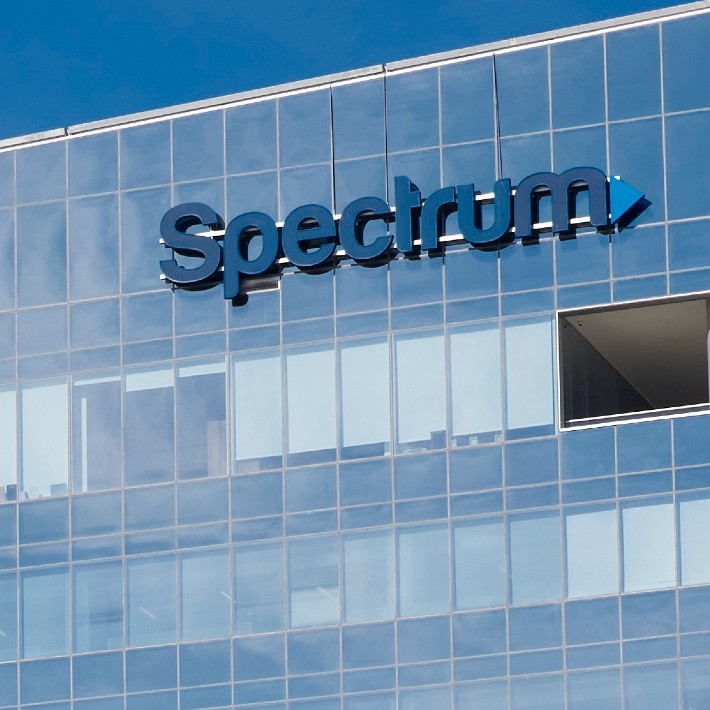Charter expects to shed some broadband subs amid the transition to the ACP. Despite this 'special circumstance,' Charter's CFO still expects the overall broadband picture to stay positive in Q2.

Cable operators are grappling with slowing broadband subscriber growth after massive spikes in the early days of the pandemic. But that broadband piece of the business, now serving as cable's core, still has more growth ahead of it, according to Charter Communications CFO Jessica Fischer.
Broadband is "absolutely still a growth business," Fischer said Wednesday at the Credit Suisse 24th Annual Communications Conference.
Figure 1:  Charter is based in Stamford, Connecticut.
Charter is based in Stamford, Connecticut.
(Source: Charter Communications)
Charter, she said, expects to take more share as consumer data usage continues climbing and as the cable operator continues to invest in the network with spectrum splits that pump up upstream capacity and, later down the line, fuller DOCSIS 4.0 upgrades of Charter's widely deployed hybrid fiber/coax (HFC) network.
Changing the spectrum split (Charter's pursuing "high-split" upgrades that allocate more spectrum to the upstream) represents an "extremely capital efficient upgrade" that enables 1-Gig upstream capacity and multigigabit speeds in the downstream, Fischer said.
She didn't go into the financial figures on those upgrades, but Broadband Success Partners estimates that mid-split or high-split upgrades run about $100 per household passed, while DOCSIS 4.0 upgrades can expect to cost an incremental $150 to $300 per home passed – still less than what it would cost for a cable operator to make the leap to fiber-to-the-premises (FTTP).
Even in areas where Charter is overlapped by FTTP competition, the operator has been able to differentiate with video, including "fully loaded" video bundles. Video "is still differentiating for a group of customers," Fischer said.
Also playing a role in the overall broadband picture is mobile, a service that Charter has been bundling with home broadband (Charter added 373,000 mobile lines in Q1 2022, ending the period with 3.93 million).
Charter is still working out the elements of a "converged connectivity product" that will add new features and functionality as Charter seeks to take fuller advantage of its Wi-Fi network and its emerging rollout of CBRS spectrum in targeted, high-use areas.
"There's lots of space to continue to grow" in mobile, Fischer said.
Impact of broadband subsidy programs
Though Charter expects broadband growth to remain above water in the current quarter, Fischer made note of a "special circumstance" involving customers that participated in the original Emergency Broadband Benefit (EBB) subsidy program, which is transitioning to its successor, the Affordable Connectivity Program (ACP).
Fischer said a small portion of those subsidized customers either didn't opt to get service after the EBB lapsed or didn't meet the current ACP requirements. Charter expects that situation to cause the removal of between 60,000 to 70,000 subscribers during Q2 who were previously enrolled in the EBB program. But Charter still expects to end Q2 with positive net broadband subscriber additions.
With respect to broadband competition, Fischer noted that fiber's role in impacting net subscriber additions has remained about the same today as it was two years ago – back before the recent wave of FTTP upgrades and expansions by various telcos. A slowdown in customer housing moves paired with record low churn remain the bigger drivers.
Meanwhile, the impact of fixed wireless access (FWA) competition "has been quite small," she said.
Related posts:
— Jeff Baumgartner, Senior Editor, Light Reading
About the Author(s)
You May Also Like










